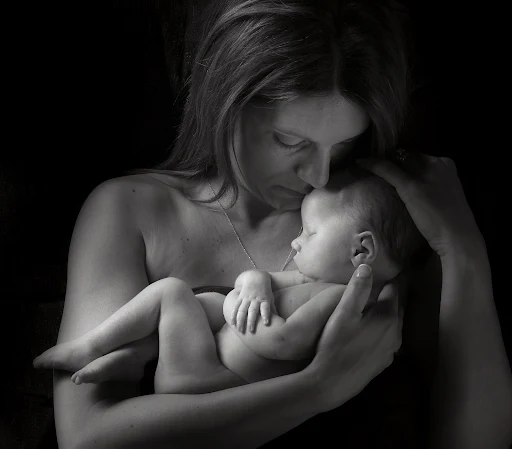- How to Shoot Milky Way Nighttime Landscapes
- New Product Announcements (Fujifilm X-H2, Best of Blog 4)
- In the Pipeline (Fujfilm X-T5, Sony A7R V)
- Noteworthy Factoids about the A7R V
- Three fascinating Cameracraft articles
- The photographer who Ansel Adams referred to as "The anti-Christ"
- AI Image Generators - what they may mean for society
- A portrait of Michael Colin Campbell - Kodak color chemistry pioneer
How to Shoot Milky Way Nighttime Landscapes
The Friedman Archives welcomes guest blogger Erik Quimby to explain how he gets these incredible Milky Way images. (Spoiler alert: you can get results like this too!)
Taking amazing Milky Way photos is not very difficult if the
right preparations have been made. Location, time of the year, day of the
month, and gear selection all make or break a great Milky Way shot. (Click on any image to make it larger and sharper.)



















